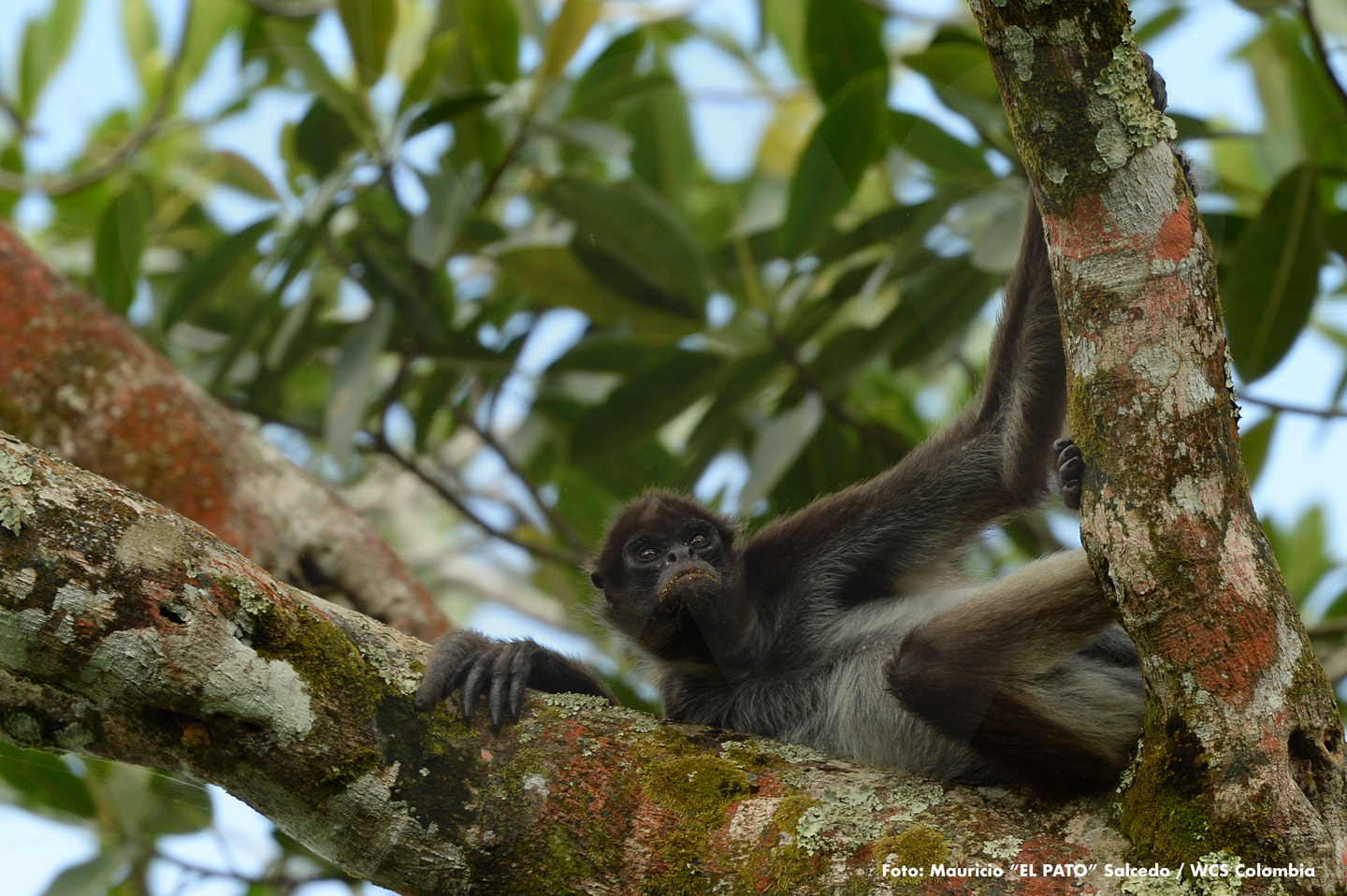 Distribution
Distribution
The Brown spider monkey inhabits exclusively northern South America. Populations of this species—classified as Critically Endangered by the International Union for Conservation of Nature (IUCN)—make their home in certain forests that still survive in lowland areas. Specifically, they mostly live in Colombia and also in some parts of Venezuela.
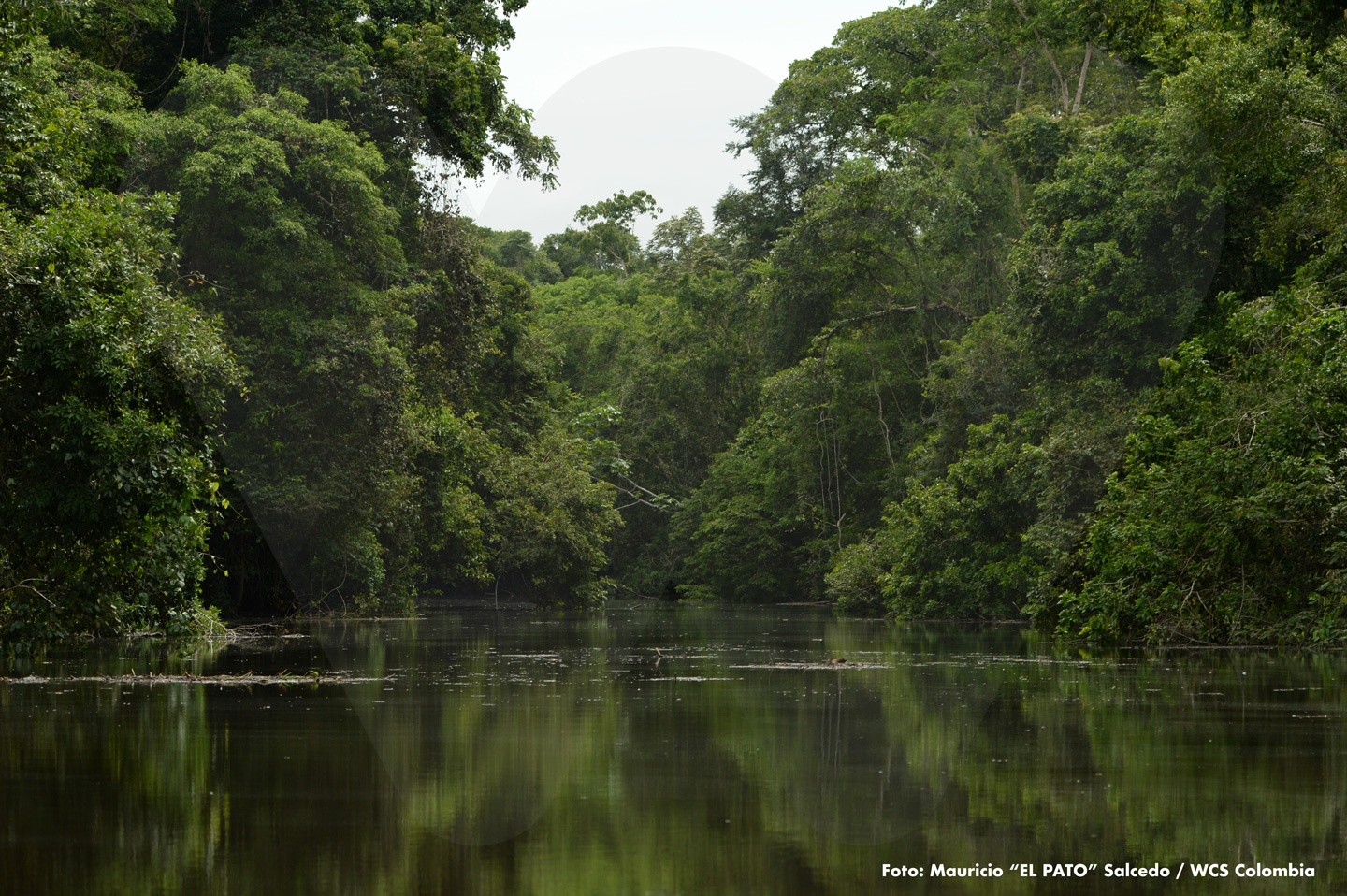 Its Home
Its Home
It inhabits tall, well-preserved forests. In fact, it is very rare to see these Brown spider monkeys in disturbed areas. The image accompanying this text shows a fragment of rainforest located in the Magdalena Medio region, in Santander, which serves as a home for this species, also known as the brown spider monkey or choibo.
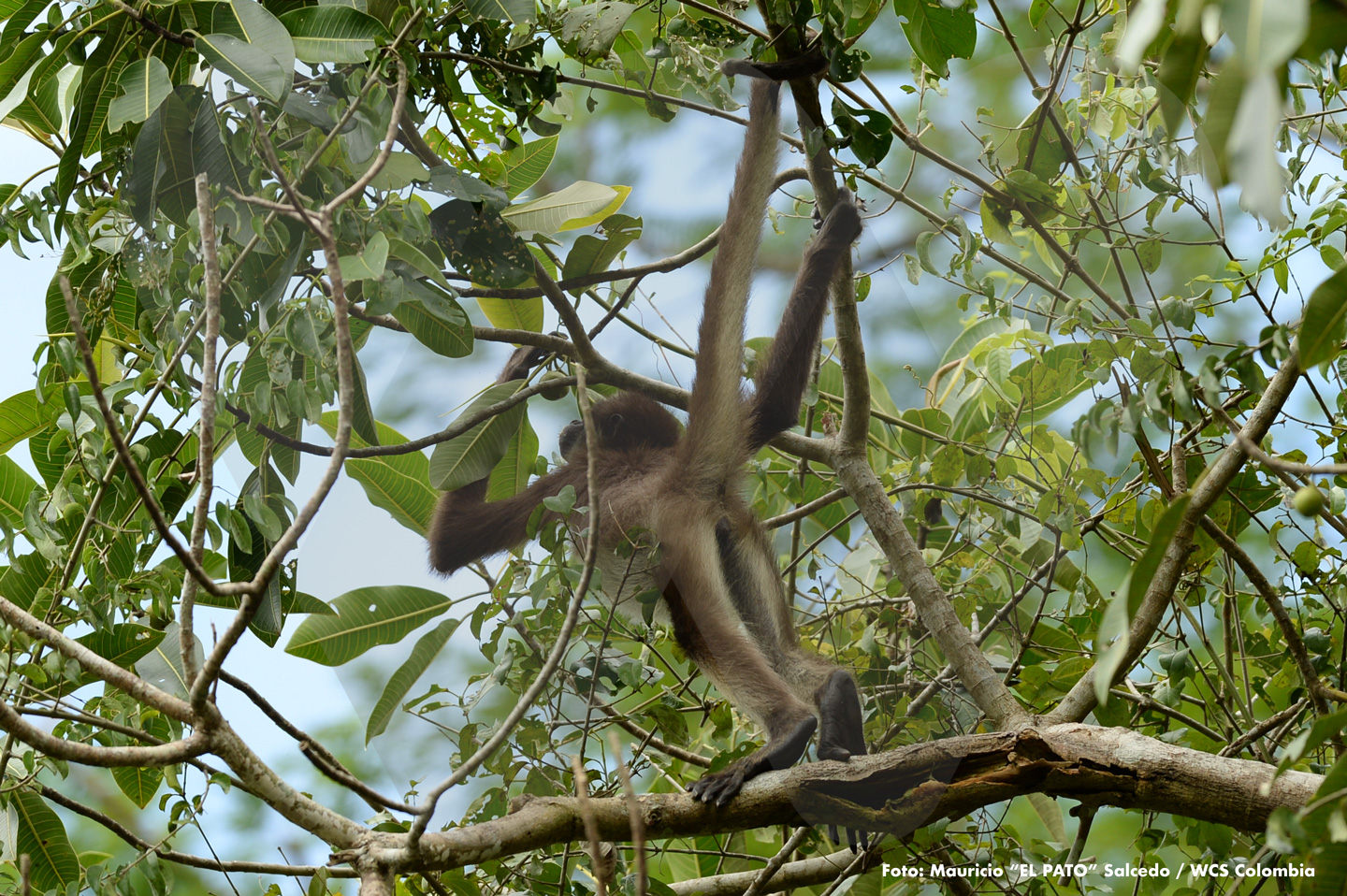 Their Diet
Their Diet
Their favorite food consists of fruits from various types of trees. Typically, they obtain this resource from the upper canopy of the forest. As Brown spider monkeys extensively roam these areas, their role as seed dispersers is, ecologically speaking, one of the most important functions they perform for the health of the ecosystems that shelter them.
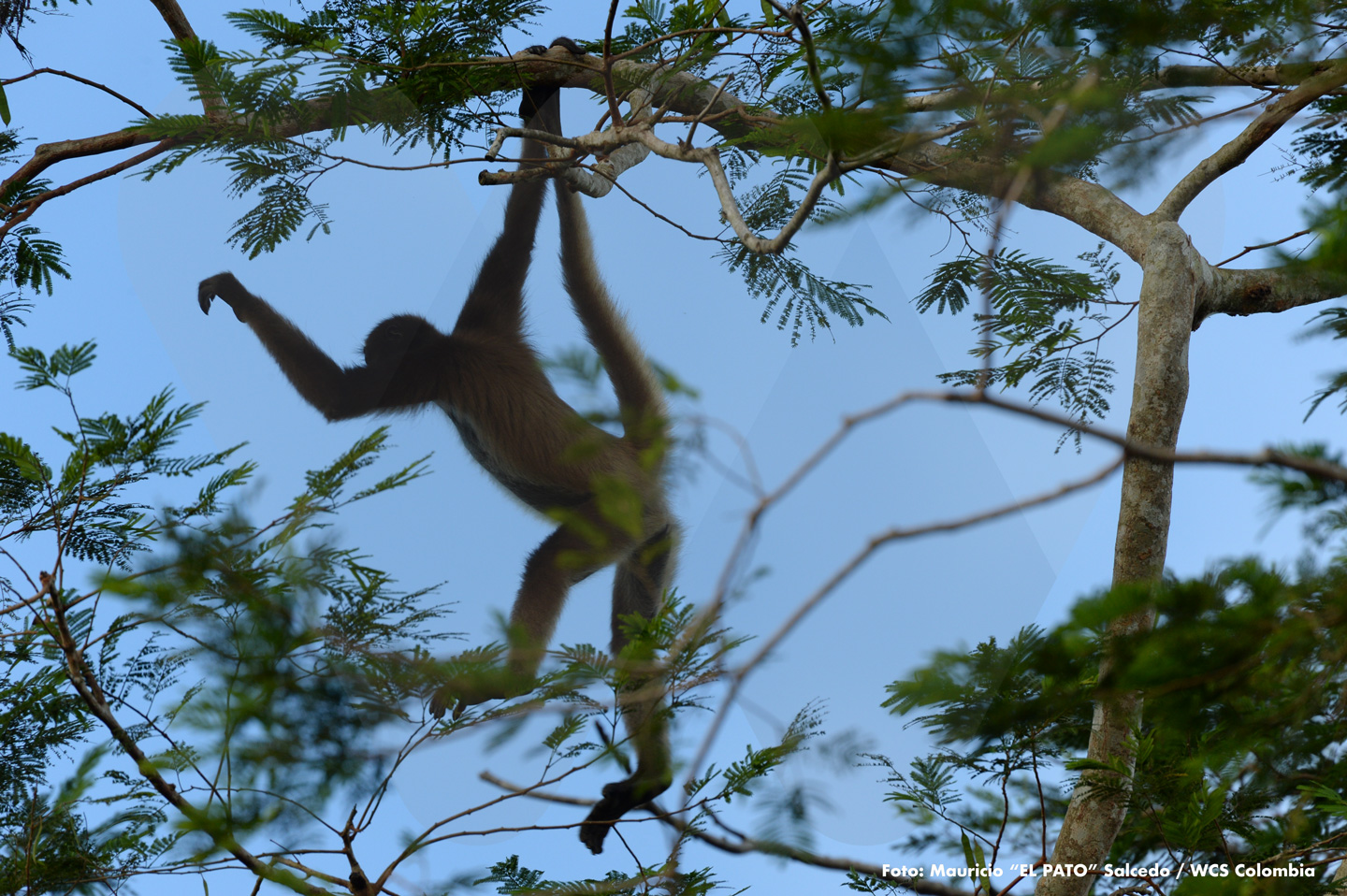 Their Tail
Their Tail
One of the distinctive features of Ateles hybridus individuals is their tail. This tail, which is prehensile, enables the animal to perform various actions. For example, it allows for skillful and remarkable locomotion as they move through the trees, and also lets them hang their bodies from any branch to reach their food.
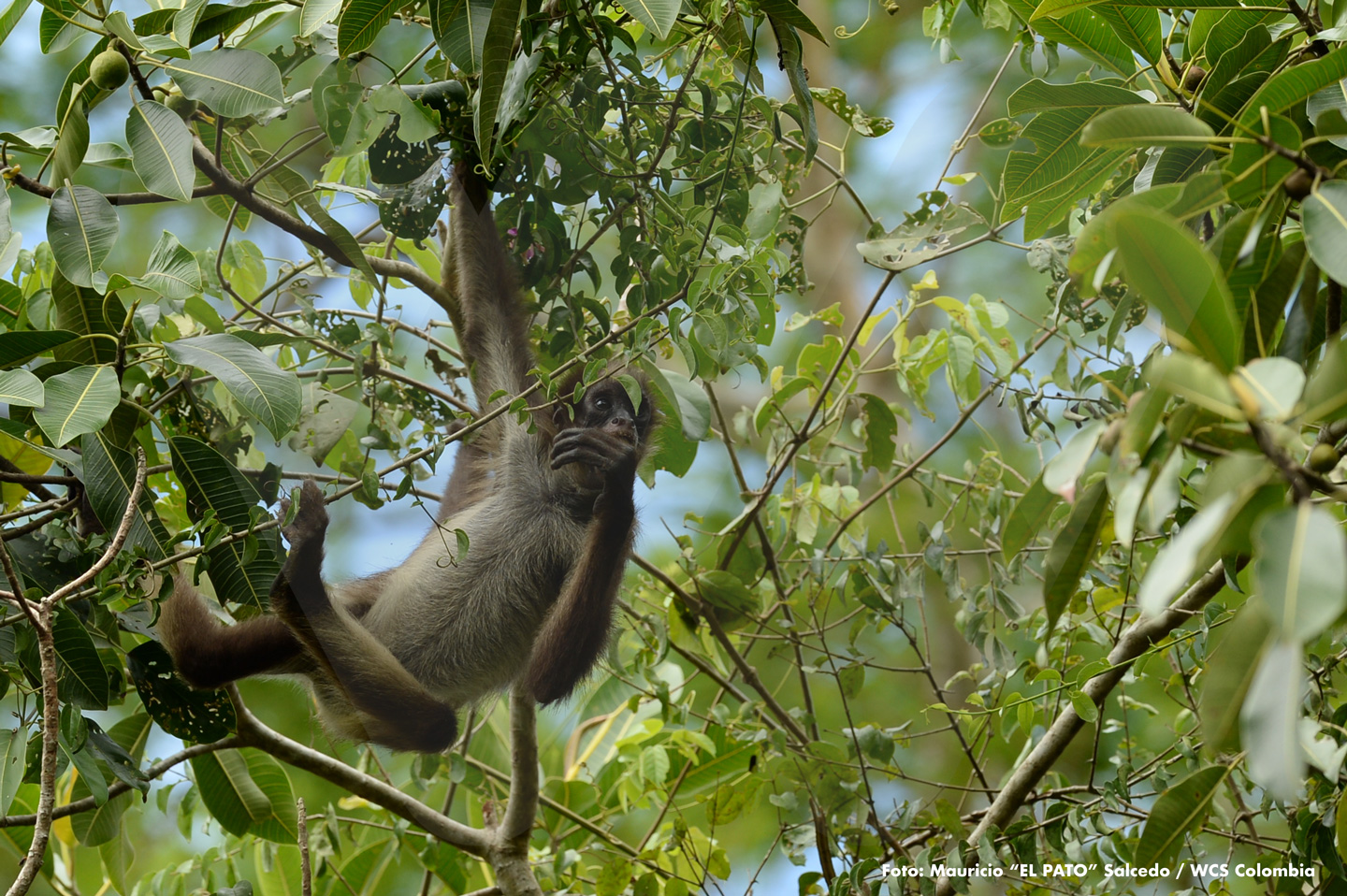 Reproduction
Reproduction
The reproductive rate of this primate is very slow: females give birth to one offspring every three years. Additionally, females only begin their reproductive age at eight or nine years old. Both factors become critical variables for this species when facing two of its main threats: hunting and deforestation.
* Information taken from the book “Bitácora del PVS.”
Traslated with AI support